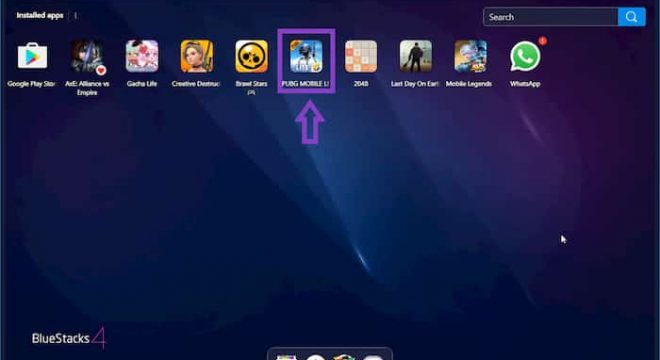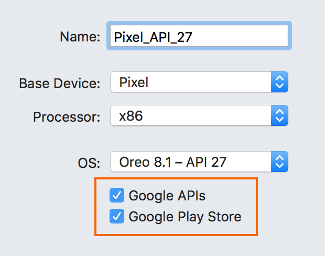

- #Open android emulator command line mac how to#
- #Open android emulator command line mac install#
- #Open android emulator command line mac Pc#
The script above can also be run from the Script Editor.app or from Automator.app (the bit between the single quotes). Print(f'SDK emulator dir: )ĭo shell script "~/Library/Android/sdk/emulator/emulator -avd " & avd & " -no-boot-anim > /dev/null 2>&1 &" #!/usr/bin/env python3Īndroid_emulator_dir: Path = Path(os.environ or os.environ) / 'emulator'Įmulator_dir = android_emulator_dir.absolute() Requires python3 ( at least v3.4) and a valid environment variable ANDROID_HOME or ANDROID_SDK pointing to the Android SDK dir. We will use the latest system image for our.
#Open android emulator command line mac how to#
HelloWorld, and it will work too.Ī launcher script which lists existing AVDs and lets you pick the one you want. In this article, I will show you how to create and run an android virtual device on Windows using command line. As a commenter suggested, you can also replace in the line above with just. For example: adb shell am start -a -n /. Or, as an alternative, you can use the following command: adb shell am start -a -n /.
#Open android emulator command line mac install#
However, you can install the application manually using command adb install. Usually during development you just use the same Ant script you used to build the project, just select install target.

#Open android emulator command line mac Pc#
Wait until the emulator fully loads, it takes some time. Connect your Android device to your Windows PC via USB cable. Notice in the Run Window of Android Studio the command line used to start the device. Run the AVD either by using command emulator -avd or through previously launched GUI. Click on the launch button to launch the newly created AVD in the emulator.You can read more about AVD management through GUI and through command line.

If you can use GUI, just type in android avd and it will launch the manager, where you can do the same. If you have to use command line for creating your AVD, you can call android create avd -n -t where targetID is the API level you need. Create a new virtual device (AVD) for the platform you need.I assume that you have built your project and just need to launch it, but you don't have any AVDs created and have to use command line for all the actions.


 0 kommentar(er)
0 kommentar(er)
